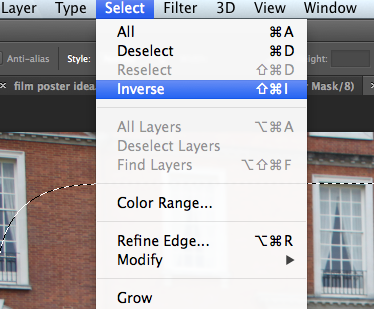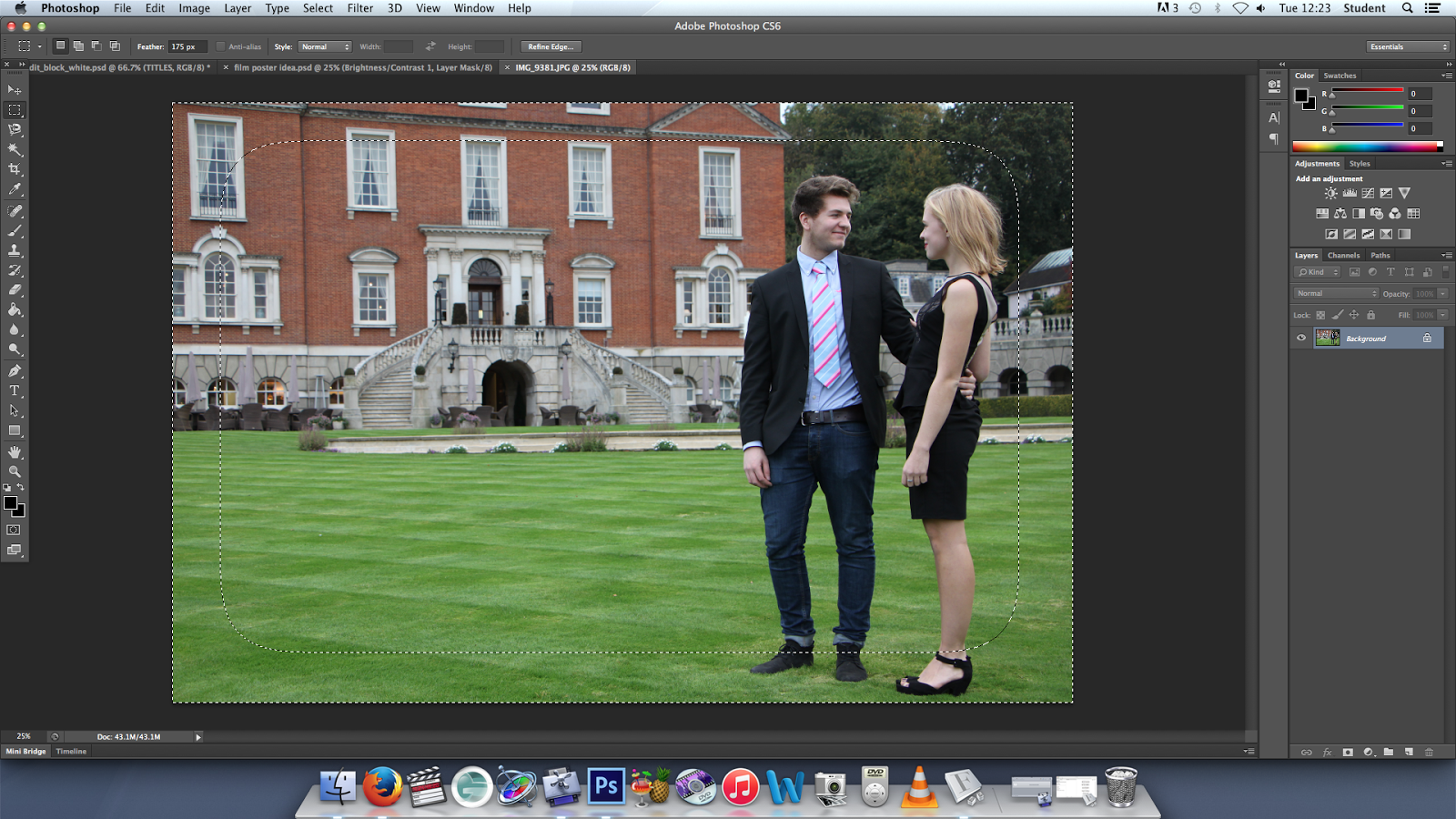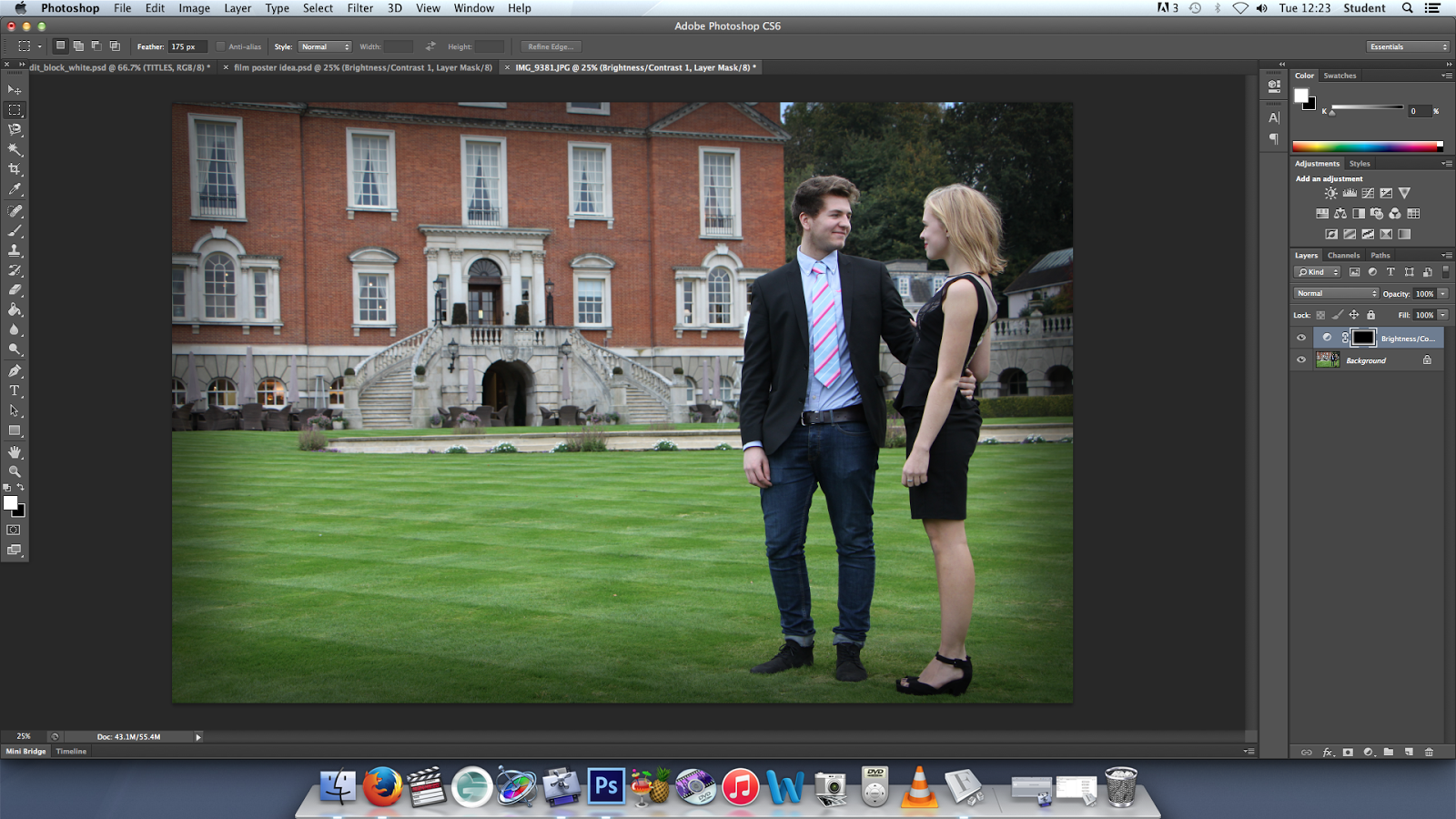 |
| Click to enlarge |
Mise en Scene/ Media Language:
Firstly, the
costume that the character in the poster wears seems dated therefore suggesting that the film is set in the past. After looking at the
IMBD website my initial thoughts about a film
set in the past were true, as this film is set around the
2nd world war. This
context therefore explains the
slogan: "Behind every code is an enigma" where
enigma is a sophisticated term to explain mystery and questioning. In the world war, messages would be written in codes by each side to stop the other side from finding out their secrets. However there were some events where the British tried to 'crack' these codes; this is what I think the slogan is trying to hint at.
The code cracking motif is also demoted in the
textual graphology in the poster: the image is layered with lined up circles and in some of these circles appear letter. I feel that this
design looks code-like and therefore further hints at the code breaking theme.

The title of the film does
not follow
conventions that I have seen in the other film posters that I have followed. In this poster the
title is one of the smallest elements, contrasting with the others which have bold and large
titles. Therefore it can be hard for the viewer to notice the film title. However this would have been a
conscious decision and not by accident where the creators could have thought that the other aspects of the poster were more important and that the reader would be able to find the
title easily once reading the
slogan (as the eye is drawn down to where the title is). Nevertheless, the title is still a contrasting
colour which makes it still somewhat significant.
Representation:
 |
| Other version of the poster |
Benedict Cumberbatch is the
actor featured in the
poster. I feel that the creators would have chosen to place him in the
poster as he well known to the public. This means that fans of Cumberbatch will be more likely to watch the film, along with others who know of this actors success, therefore making the character a
representation of the success of the film. This is also why a
close up shot is placed of him so the
audience can identify the actor easily, plus he is making
eye contact with the camera which looks as if the poster is looking straight at its audience (a persuasive technique called
Synthetic Personalisation - Norman Fairclough). I also found an alternative poster with Keira Knightley as the character in the poster for the same effects. This is an example of
Dyers 'Star Theory' where famous people are placed in the media to persuade audiences.
Cumberbatch's
facial expressions make him seem worried which could translate to a meaning of him being nervous about the code breaking. However as he is on the main poster this could suggest he is a
protagonist rather than an
antagonist. Also as the actor usually plays
protagonists in films the audience know him as a good character and would be pleased to see him do the same in this film.
Audience:
From looking at the
BBFC website it is evident that the
rating of this film is a
12A for the following reasons:
- Reference to sexual activities
- Includes mild language e.g. "bloody"
- Scenes of mild violence - A man being punched
- Characters seen to be smoking
However, like 'Before you know it' I feel that the actual audience who will watch the film would be older than 12. This is because I think the characters are mostly adults and it is based in the world war where only older people would have a good knowledge about the event. Therefore I feel the film will attract people aged 16-40 as these people will know more about the world war, but will also be interested in watching a film with characters in their 20/30's.
I feel the social class of the audience will be B-C2 as these people have a disposable income to go watch a film and will be able to relate more to actors who are represented as middle classed.
Genre:
The
IMBD website states that the
genre of this film a
Thriller-Drama which is a
sub-genre. I feel that this is connoted in the poster as the
slogan hints that the characters will be searching for the code answer, making it a
drama. But also as the film is set in the world war some negative and disturbing
scenes may be present (for example death) which makes the film more like a
thriller.
The lighting on the actors face suggests a serious tone as its is realistic and looks natural, therefore mirroring the genres denoted. On the other hand the characters facial expressions are also serious which helps to further denote the genre.
These semantic codes (Rick Altman's theory) also support Steve Neales theory of Repetition and Variation as they link to the genres denoted, but the variation is the two genres put together in the film.








.png)




























